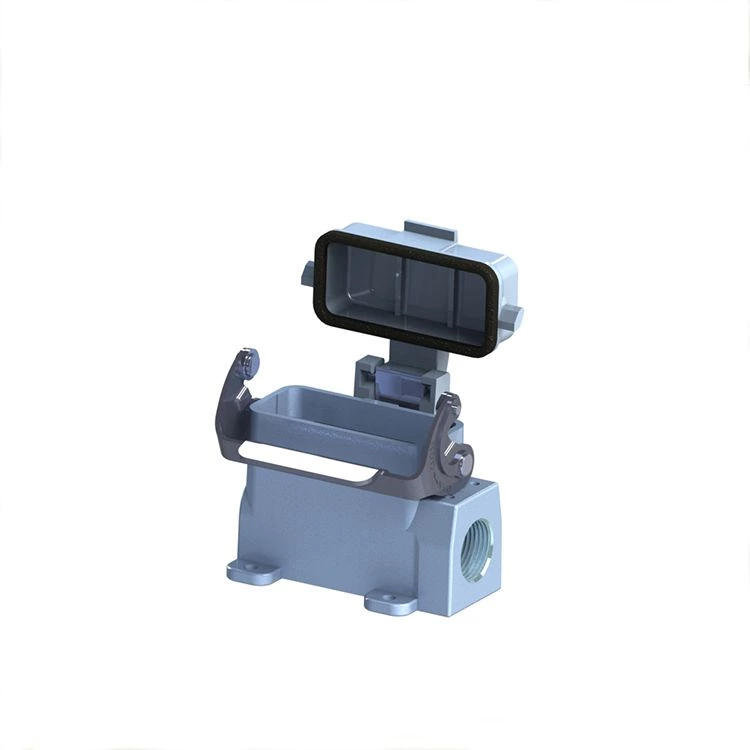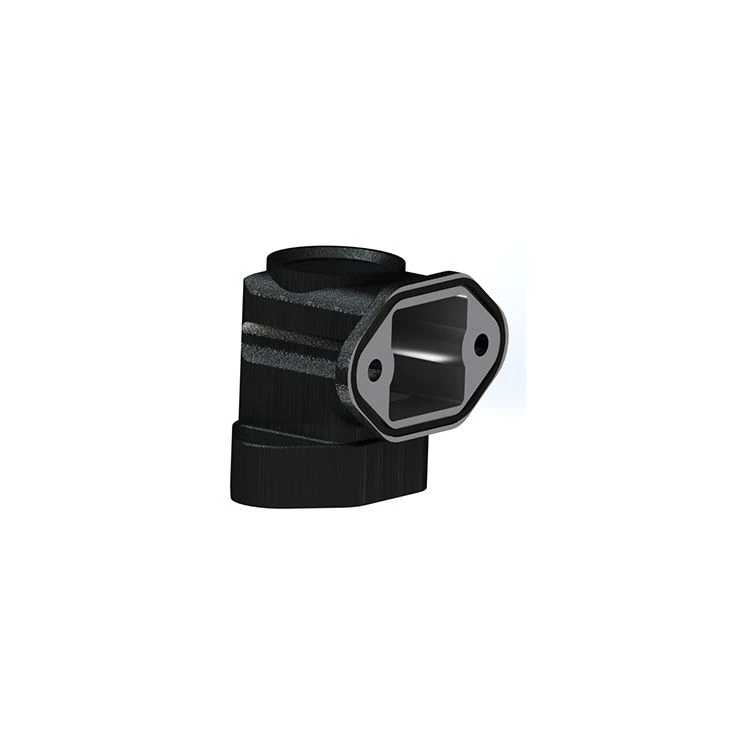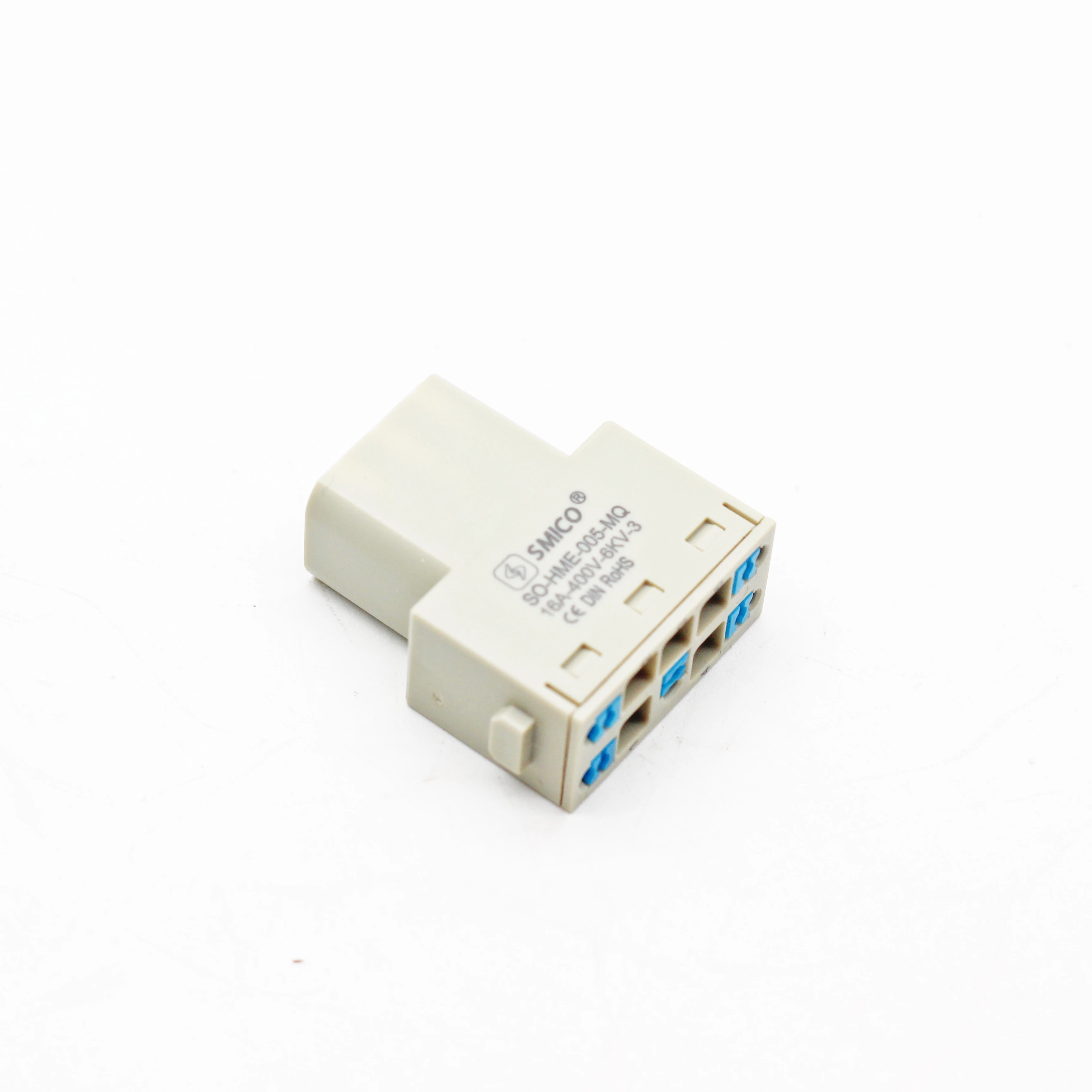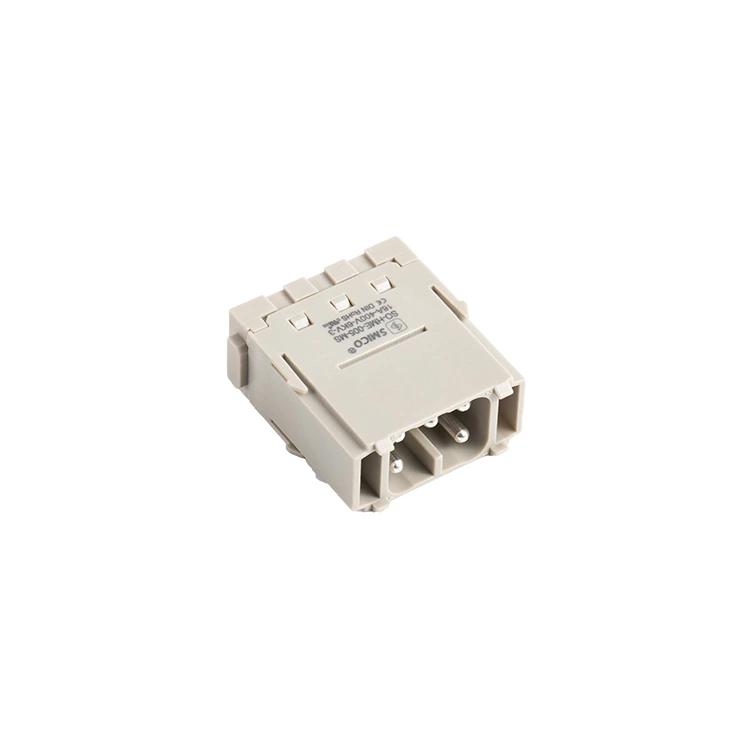Heavy-duty Connectors: Key Technology In Industrial Automation And High-power Applications
In modern industrial automation, automobiles, energy, communications and other fields, as the power of equipment continues to increase and the working environment becomes increasingly complex, heavy-duty connectors, as a key electronic connection component, play a vital role. Its excellent performance and reliability make it an indispensable connection solution for high current, high voltage and harsh working environments. This article will explore the working principle, application field, technical characteristics and development trend of heavy-duty connectors.
1. Definition and working principle of Heavy Duty Connector
Heavy-duty connectors, as the name implies, are connectors designed for high power, high current and harsh environments. Compared with ordinary connectors, heavy-duty connectors usually have greater current carrying capacity, stronger pressure resistance and better high temperature and vibration resistance. They are widely used in systems that require stable and efficient current transmission, such as industrial equipment, automated production lines, power distribution systems, vehicles and military equipment.
The working principle of heavy-duty connectors is similar to that of ordinary connectors, but its design is more complex. It usually uses highly conductive materials (such as copper or silver) as contact parts, and realizes stable current transmission through metal contacts or spring contacts. At the same time, the shell material of heavy-duty connectors is generally made of high-strength metal or engineering plastic to ensure mechanical strength and corrosion resistance in harsh environments. In order to ensure good contact performance, heavy-duty connectors often use special contact surface treatment technologies, such as silver plating, gold plating, etc.










